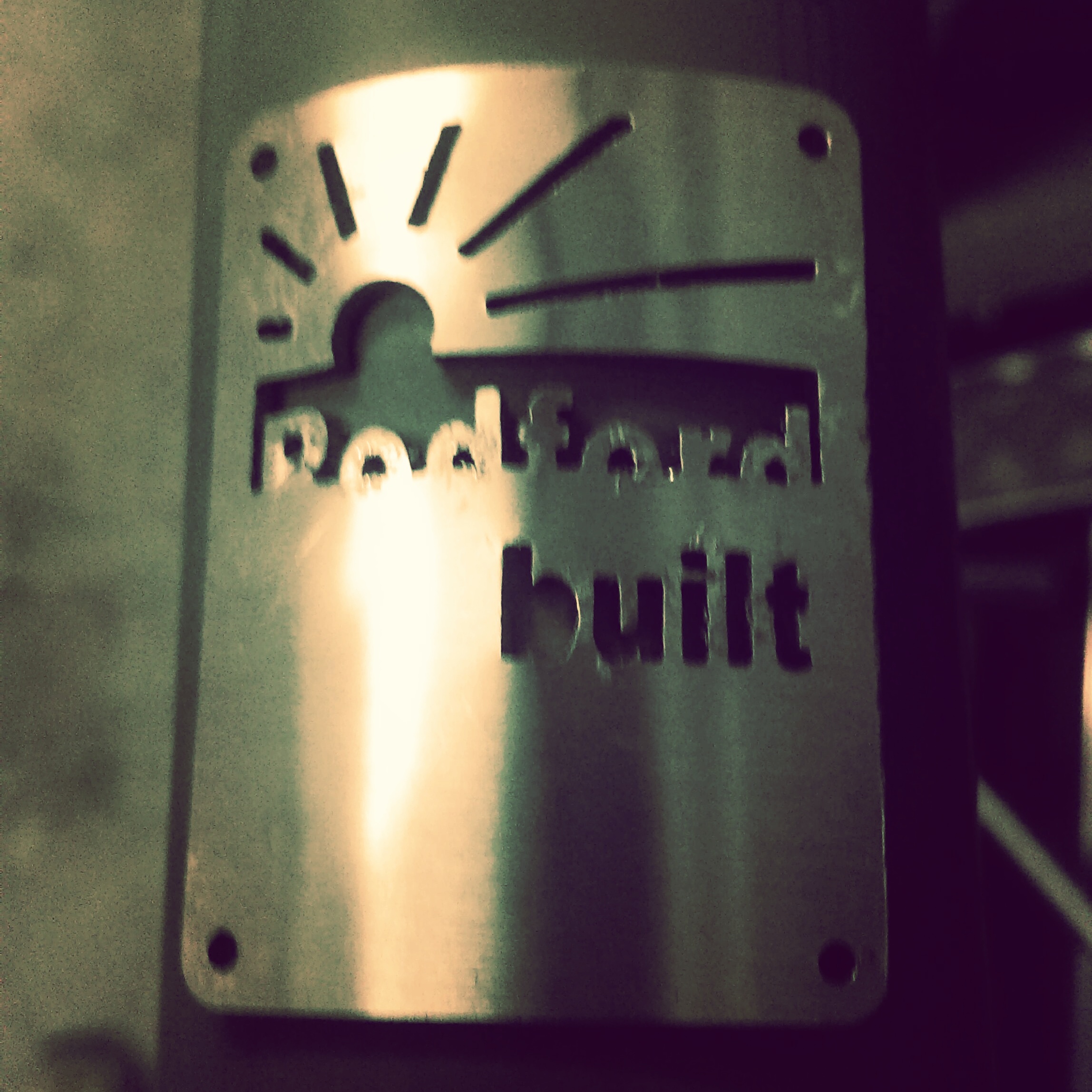We think E-bikes are a good thing. Seen as "cheating" by some, they encourage people to ride for transport rather than sport and enable the non-elite to enjoy all the pleasure that cycling can bring.
Converting a standard bike to an E-bike is most easily done with a front hub motor conversion. These motors can be bolted into a standard fork without disturbing the bike's gears and transmission which are contained within the back wheel. A bike configured like this is reminiscent of the French Velosolex which had a small petrol engine driving the front wheel.
1965 VeloSoleX
We would encourage anyone to try an E-bike of this type because when you feel the motor helping up the hill you'll enjoy not arriving hot, sweaty and out of breath.
However we'd like to serve up a word of caution to ensure the motor is fitted correctly, to avoid damage to your fork. Most people can appreciate that pulling the bike by the front wheel will add stresses to the fork. But the linear pull force of the motor is actually not that high. A 25Nm motor laced into a 26" wheel will pull on the fork with a force of about 80N which is a mere 8Kgs. It is reasonable to assume that this is probably not as high as a severe braking force (although this force is in the opposite direction of course). The fork crown and fork legs are well designed to take high braking forces, with a heavy rider and any cargo, not to mention a resistance to a high number of fatigue cycles. But sometimes overlooked is the torque reaction at the hub motor axle and how this may affect the fork ends.
This week we serviced a bike with significant damage to the fork ends.
Failing Fork End
This sort of damage is caused by the motor axle trying to rotate in the fork end.
To explain - whatever power a hub motor applies to the wheel to turn it, there is an equal and opposite force applied at the axle (just ask Newton about this if you are in doubt). If the axle were to spin under this load then the nuts could come undone and things could go bad quite quickly. So manufacturers of these motors ensure the axle has flats on it, which sit snuggly into the fork end to prevent any rotation.
The problem with this solution is that if the axle nuts are not tight, then over time the flats can move in the fork end causing the damage seen here.
The solution.
Well first of all a periodic check of your fork would be a good idea. Just a quick glace to check for cracks, possibly check the axle nut for tightness too. A second good idea is the inclusion of a torque arm to your set up. A torque arm can be used to eliminate the twisting force within the fork end by taking this force and anchoring it to the fork leg. With this system you are relieving the fork ends of the duty of preventing axle rotation which is what can damage them.
Summary.
With a front hub motor fork leg strength is not under question, rather it is the ability of the motor axle to damage the fork ends. Going back to the vintage VelosoleX we see that the fork is a bolted assembly made from thin section channel. This is more than able to take the pull force of the motor, but in this situation the motor drives the tyre direction via a friction roller, so there is no torque reaction at the axle.
Adding a torque arm can eliminate the risk of damage to the drop out ends. On a bike not designed specifically for a front hub motor, a torque arm should be considered a necessity for the long-term durability of the fork. Alternatively you could consider a rear hub motor or mid-drive system which can also be retro-fitted to many bikes.



